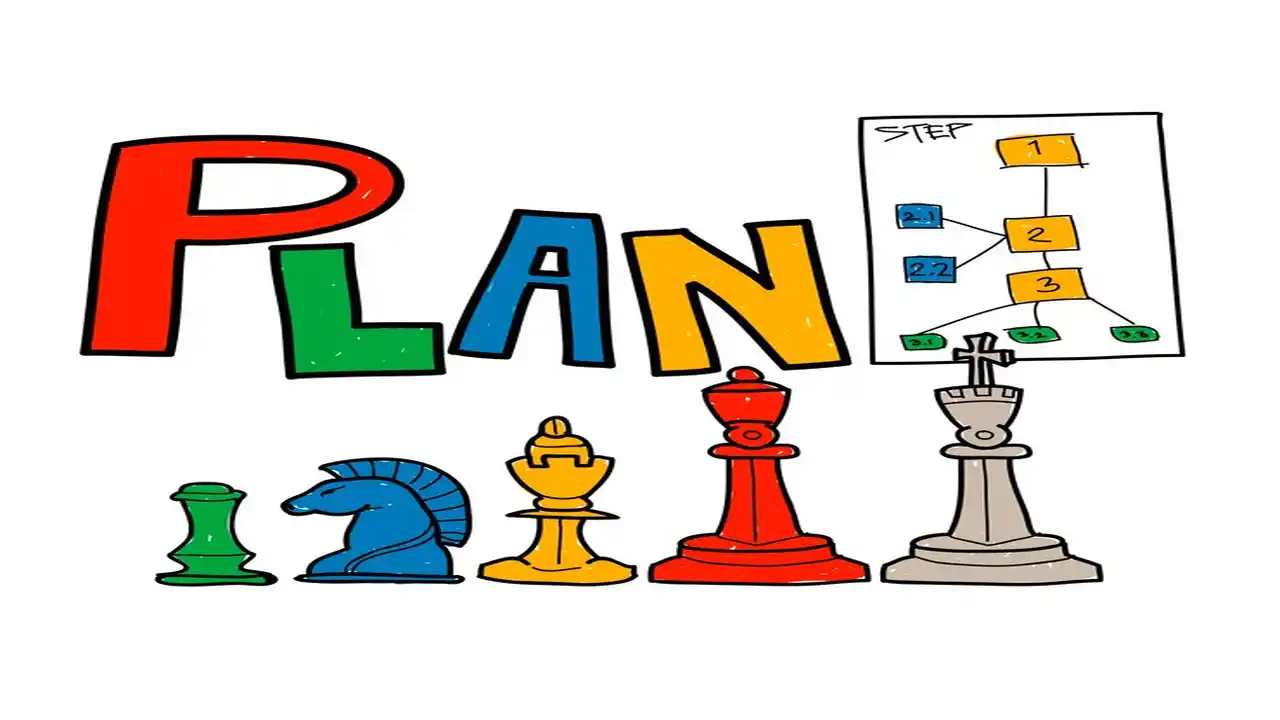As you seek to strengthen your business’s core services, you may discover that there is a significant market demand that you may address. Advertising in industry-specific periodicals and relying on word-of-mouth recommendations are two effective approaches to secure contracts with these types of organizations. When looking for new customers and contracts, business plans are a fresh approach to demonstrate your capabilities. Continue reading to become an expert in types of business proposal and learn everything you can about it.
“A business proposal clarifies the scope of work, tasks, goals, and outcomes for both you and the potential client,” he points out. It is critical to communicate clearly with your clients about what you will and will not do for them, especially if your level of service varies.
Types of Business Proposal
The most critical components of an effective business proposal are timely knowledge and persuasion. This presentation contains many usual elements of a report, but the author’s primary purpose is to persuade the audience. Consider what it might be like to work in the medical profession for a moment. Can I bid on certain items or services? If your business wishes to expand, you may need to construct a new wing. The job will most likely be placed up for bid. The bidding process establishes standards for quantity, quality, and delivery time. You may be able to purchase everything from toilet paper to office furniture. You might also get bids on cleaning, catering, and even maintenance services once a year. The bidding process is a popular approach to negotiate reduced rates on contracts for products and services. Consider reading these types of business proposal to increase your knowledge.
Request for Proposal (rfp)
An RFP is something a client might send out if they are aware of an issue but are unsure how to solve it. In this situation, they produce a detailed description and then submit it as an RFP. Most of the time, this occurs when the customer has a requirement that is too complex for standard, readily available goods to meet.
Grants
Businesses receive funds rather than work, which distinguishes business grant applications from both unsolicited and solicited bids. Most of the time, businesses can only apply for money designed to aid specific types of enterprises or projects. These funds come from both government agencies and private donors. A private individual, on the other hand, may contribute up to $1,000,000 to female enterprises from underrepresented groups, but only if certain criteria are met. Aside from that, anyone may apply. The only catch is that the corporation can only utilize the money for medical or educational purposes. Business grant applications, like requests for proposals (RFPs), require a large amount of information. This includes why the person or firm applying for the grant should receive it and what they intend to do with the funds.
Professional
A business document is a vital component. If it is not done properly, it will be rejected immediately. The content should be clear, concise, and correctly cited. The writing is correct; there should be no errors or missing capitalization. In further depth
Solicited Proposals
Many businesses and government agencies produce them. The RFPs will specify exactly what service or requirement the company wishes to outsource, as well as all the information required for the bid. Interested parties submitted proposals detailing service features, pricing, release dates, and the company’s capacity to deliver. The plan, like any other job application, competes with others for the employment at the organization. If you want the review panel to appreciate your proposal, make sure it follows the request for proposal (RFP) format.
Internal or External
Proposal ideas might originate both within and outside of the organization. This proposal type targets individuals within organizations, like private firms, government agencies, or other groups. When you make an internal offer rather than an external one, you may not need to provide as much information or details (such as qualifications). For the purposes of this article, an external proposal is one that is written by one group and sent to another of the same sort. In this scenario, a consultant would sell their services to another company.
Ethos, Pathos, and Logos
Logos denotes logic or reason; pathos signifies passion; and ethos means trustworthiness. All three of these components are critical to your business plan and should be carefully considered. Please tell us about yourself and why we should collaborate with you. Because the potential consumer may not know how dependable you are, it is up to you to demonstrate proof that you can execute orders, customer references from satisfied customers, and confirmation that your service or product is from a respectable organization. When others say positive things about a company, we tend to believe them more. Different types of business proposal cater to various needs and scenarios, ensuring flexibility in presenting ideas and solutions.
Idea
A fantastic concept or answer is the foundation of any successful business proposition. Even if you can make your typical product, service, or solution interesting to read, it is critical that your paper and its response stand out from the crowd. What sets your idea apart from others? What can you do to better fulfill the company’s requirements than other vendors? Following up post-transaction is crucial, especially if value isn’t immediately evident. Consider ongoing maintenance costs alongside purchase price to gauge true expense.
How does maintenance differ from the rest of your system? You can also make a proposal based on a well-known item that you believe other merchants will offer at a comparable price. How can you differentiate yourself from the competition by demonstrating that you have done successful projects in the past, that you can form long-term partnerships, and that you understand what the firm will require in the future? Any authorized company plan must have visually appealing ideas or solutions.
Planning a Proposal
A proposal is an offer or bid to execute a certain job for someone else. Remember this before you begin arranging your proposal. Proposals can contain a wide range of information, including technical background, ideas, poll results, information regarding the idea’s likelihood of success, and so on. A proposal, on the other hand, is a written request that people agree with the concept, fund it, or give permission to carry it out. People who wish to be experts or business owners may find that well-written proposals are essential tools. A well-written proposal can also help you initiate projects that will benefit both the organization and you, the employee or proposer, regardless of whether you work for a large corporation, a charity, or the government.
Traditional Categories
You can be innovative in your company strategy, but you must follow the guidelines. Companies frequently want to see information in a specific arrangement, such as a resume or letter. Each area of a proposal should be used to highlight your product or service. Every region has the potential to generate revenue. To make the most of it, highlight your experience, excitement, and why your solution is superior.
Request for Quotation
People issue an RFQ, also known as an Invitation for Bid, when they want to buy a service or product but first want to evaluate pricing. When clients receive requests for quotes (RFQs), they can choose based on pricing. This differs from requests for bids (RFPs), which require clients to consider time estimates, supplier experience, and other considerations. Also given when the registration process for a business takes too lengthy. To mitigate financial or currency risks, the corporation requests a quote from the seller, which is essentially a commitment. As a result of this, they will be able to purchase items at a set price in future.
Unsolicited Proposals
It is possible to have a clear understanding of how your organization may assist another company, but the other company has not yet submitted a written query (RFP). One strategy to try to get this corporation to recruit you is to submit them a business plan without their request. When you send an unsolicited proposal, you must explain why the company should engage your organization to address their unmet need. This differs from a solicited proposal, in which the company has previously identified a need. When delivering a proposal that was not requested, make sure to address the organization directly.
Informal or Formal
How to DressProposals can be elegant or casual. An unofficial proposal is a short paper of no more than a few pages. A formal proposal consists of additional pieces, however this one is written in a manner similar to a letter or memo. Most informal proposals consist of six parts: an overview, a purpose for the idea, a method, persons involved, money, and approval (Guffey et al., 2019). Formal proposals are longer and more complex than their shorter, less formal counterparts. A casual report consists of six components. Formal plans, on the other hand, frequently contain far more report components than that. The package includes a title page, a table of contents, a list of figures, an executive summary, a letter of transmittal, and any additional applications. There is a chance that an additional copy of the RFR will be sent.
Different types of business proposal cater to various needs and scenarios, ensuring flexibility in presenting ideas and solutions.
FAQ
What is Needed for a Proposal?
Here’s an overview of how a proposal is put together: It is apparent that the following elements are typically included in a proposal: An overview that rapidly discusses the problem, the remedy, the costs, and the benefits. This description of a significant problem comprises the topic, purpose, primary argument, context, and level of importance.
How do you Structure a Proposal?
An In-depth Consider the Process of Writing a Proposal. Create a basic sketch of the problem or potential areas for improvement. Make a rough draft of the solution you intend to use. Determine your target. When submitting a proposal, explain the problem your concept will solve, who it would effect, and how you intend to implement it.
What should a Business Proposal Include?
A Guide to Writing Business Proposals.The first thing to do is create a title page. First, create the table of articles.Create an executive outline that explains “why.” Explain the problem or rationale for the necessity. Think about how to fix the situation. Please define your talents, provide a range of costs, and then summarize your findings.
Final Remarks
You can sell in any category, so make sure to discuss your experience, passion, and why your solution is the best in each. Remember that the sections of your proposal will be determined by what your audience wants and the type of proposal you are submitting.*Is not included* I appreciate you reading the types of business proposal guide. Visit the website to learn more and expand your knowledge with other helpful resources. Read more about the collateral in business to deepen your comprehension.




